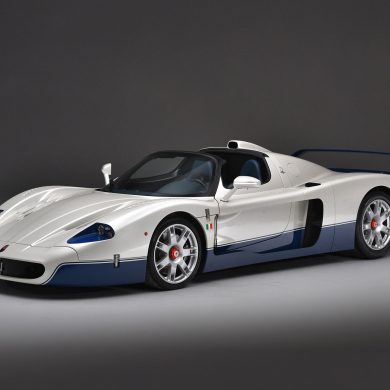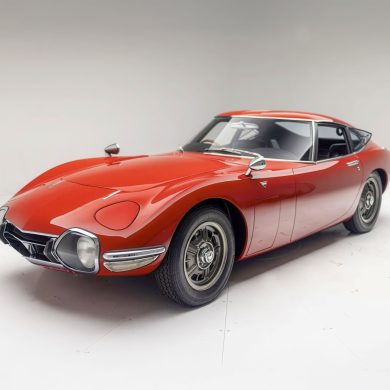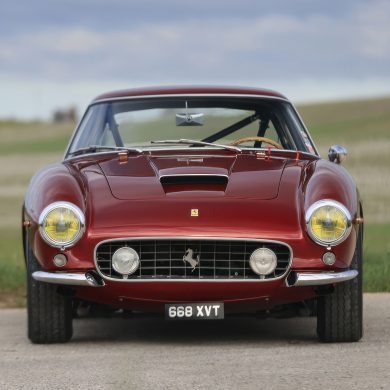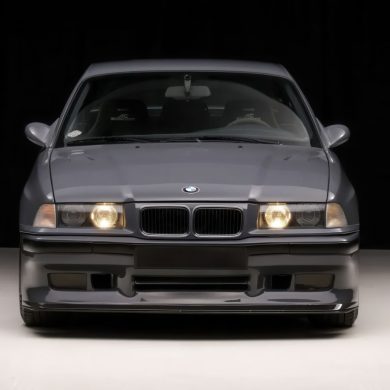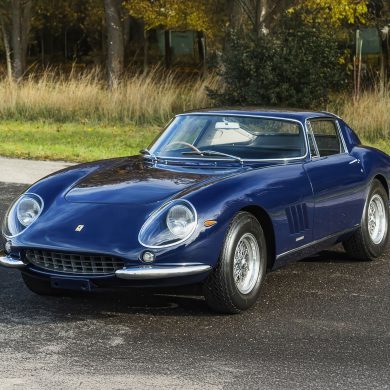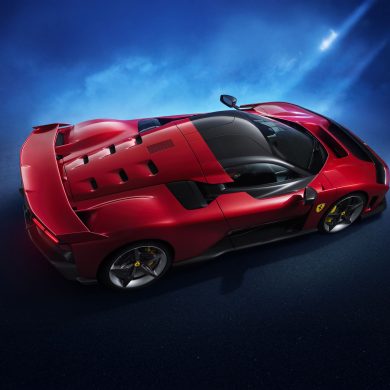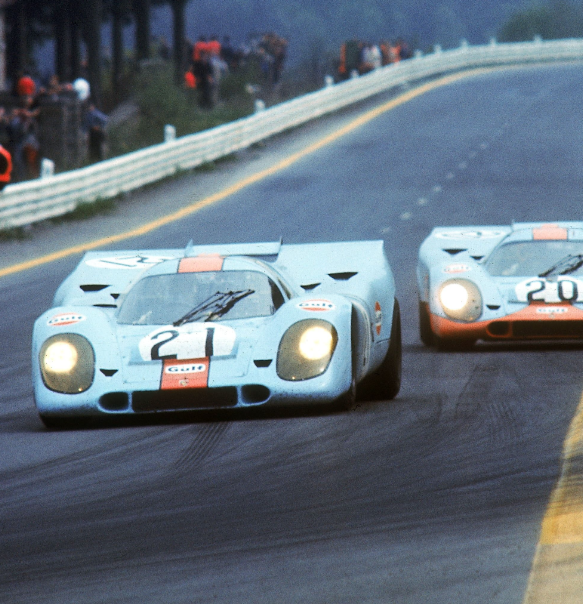Ferrari has always been a leader in high-performance engineering and design. Although many of their most innovative ideas were often plagued by modest resources, internal struggles, and industrial politics, the combined passion and stubbornness frequently yielded something glorious. Nowhere is this more apparent than when Ferrari launched their first 12-cylinder mid-engine production car. Challenged by the rapidly evolving sports car market, Lamborghini had been steadily making their name as they taunted Ferrari with their earlier offerings. Particularly Lamborghini launched the Miura. Ferrari, who had largely been playing it safe, could no longer stand down. The horse had to meet the bull head on in the arena. In 1971 with the introduction of the 365 GT/4 BB and subsequent production model released in 1973, it was clear that this car would significantly change the future of the Ferrari brand, which was further enhanced by the 1976 launch of the more powerful and capable 512BB.
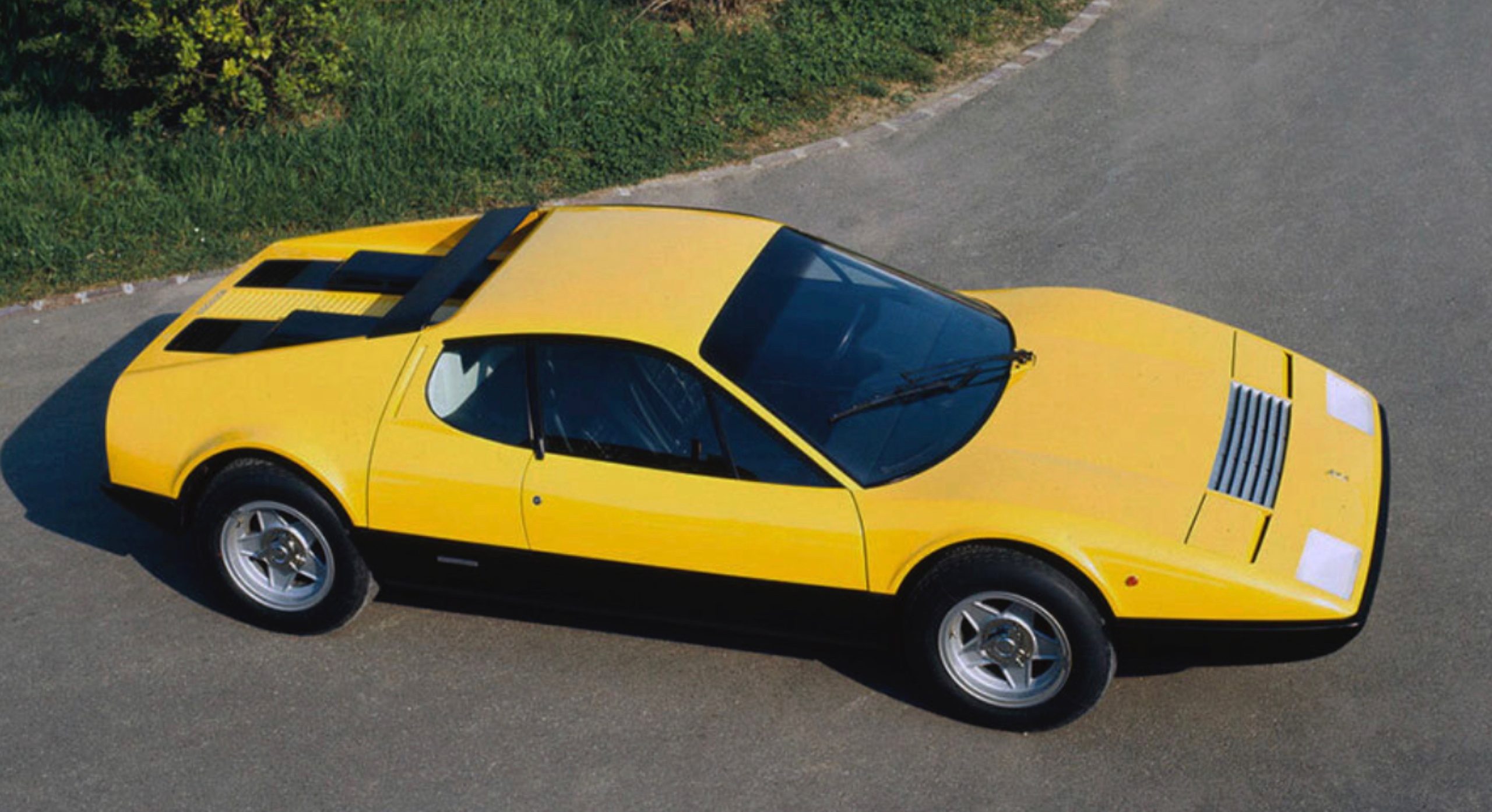
Designed by Leonardo Fioravanti at Pininfarina, the Ferrari 365 captured an innovative, fresh design derived from the earlier 1968 show car. Having penned many of Ferrari’s most celebrated cars including the Daytona, the Dino, and 308, Fioravanti employed clamshell front/rear bonnets, angular but softened fender lines, and an impressively wide stance, particularly at the rear of the car. All these features were dramatic but also captured the mid-engine engineering package in a unique way. Tthe sublime Flat-12 engine power and delivery were perfectly matched in the crisp angular architecture of the Pininfarina design. Surprisingly the term BB, long referred to as Berlinetta Boxer, was not the original named description. Ferrari engineer Mauro Forghieri suggests the factory engineering designation was Berlinetta Bialbero or dual camshaft. Regardless of the named intent, the end result was one of the most compelling and dramatic mid-engine cars ever constructed. Unlike the radical Countach, the 512 BB was a far more refined road car capable of impressive acceleration and yet a very usable exotic.
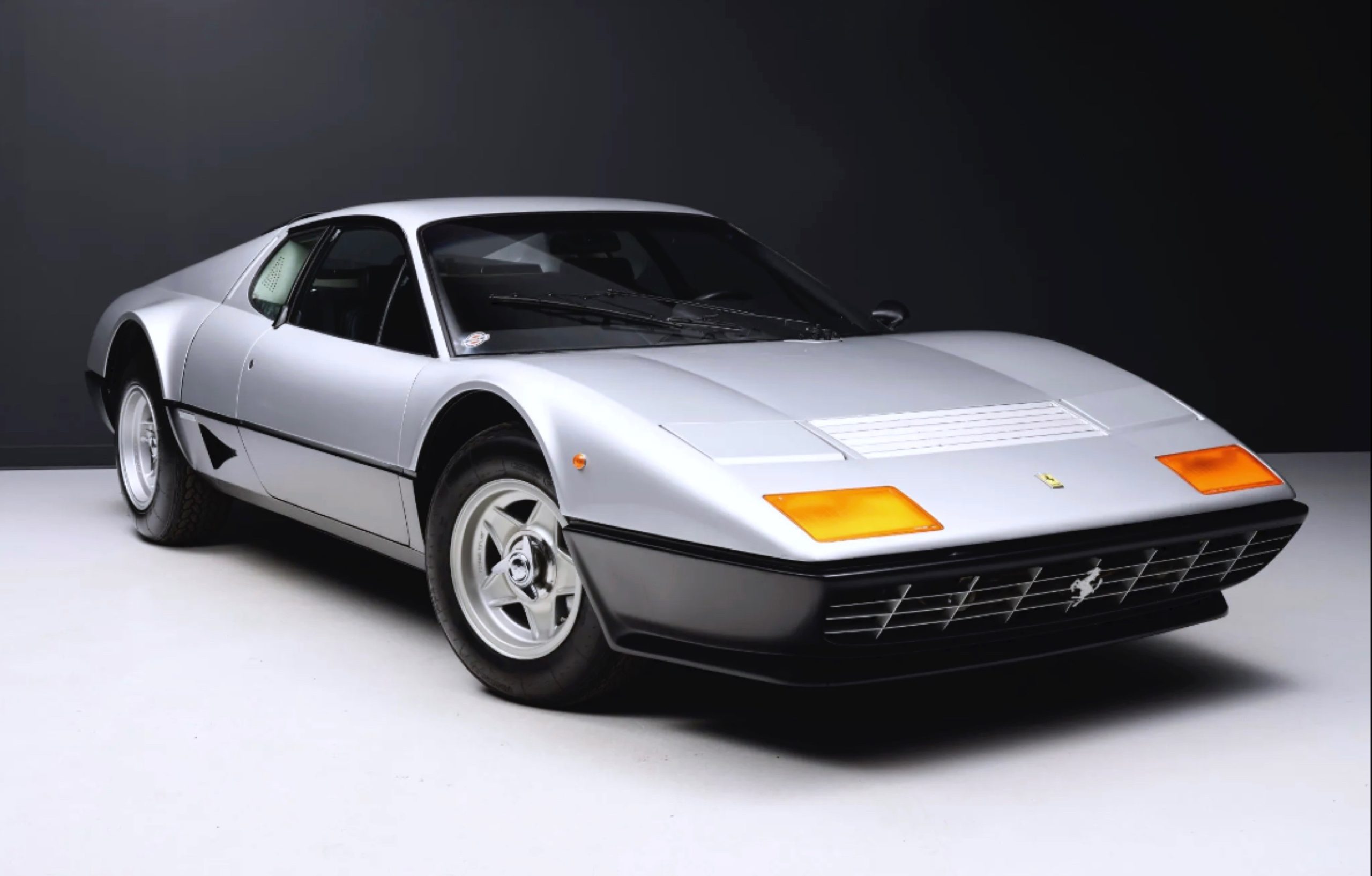
One of the most compelling features of the 365/512 series design is how advanced it was for the time. Transitioning from the earlier front engine platform, both Ferrari and Pininfarina had no precedent or visual brand history to derive their design. Earlier advanced concept designs were emerging under “folded paper” design themes, but these were largely experimental efforts gradually guiding designs away from the formerly organic 60s forms. Design studios were slowly embarking on angular ideas, moving soft canopy elements with increased side glass angle (tumblehome), dramatically sloped but flatter windshields, and kamm-back tail panels. The 512 embodied all these complex geometric ideas and packaged them in a superbly balanced car.
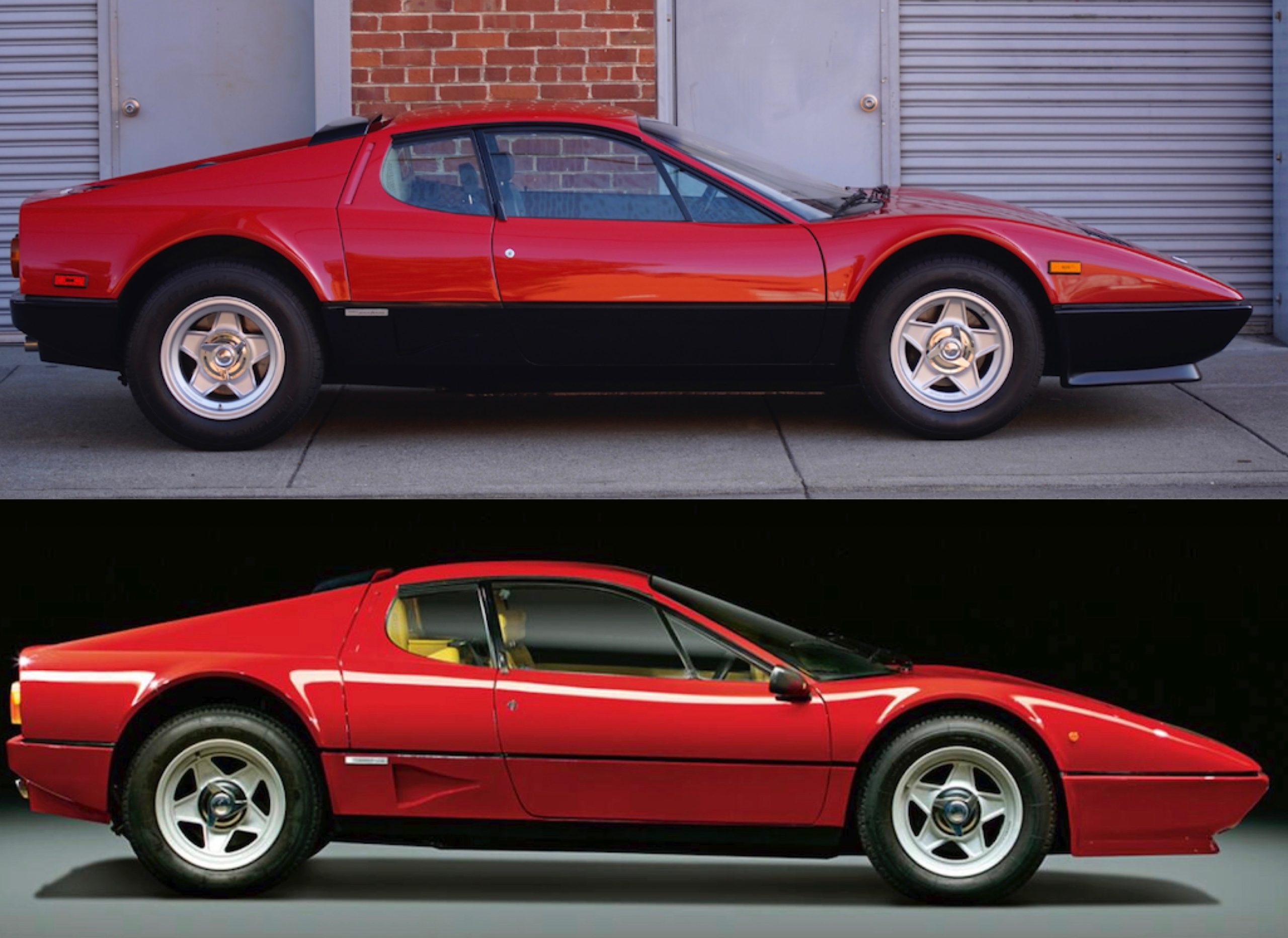
In profile, the 512 is a radical expression with a very low hood line, a dramatically raked windscreen, and a tall rear deck. The rear haunches are particularly pronounced not just in the wheel arches but as part of the muscularity of the rear fenders. Massive rear tires perched under the fender flares are further accented by the heft of the rear sail panels trailing off the roofline. The angled A post continues visually forward of the front wheel center, drawing the eye downward to further enhance the impossibly low front fenders. Shown in contrast to the “Boxer trim” (black lower body panels), it’s amazing how much this color contrast changes the visual impression of the overall design. The NACA duct on the lower body panel is more subtle than the body-colored version, but it adds a touch of racing heritage and reminds the eye of the mid-engine design. Later series Ferraris would move to full body color, which gives the 512 a more modern appearance when rendered without the boxer trim.
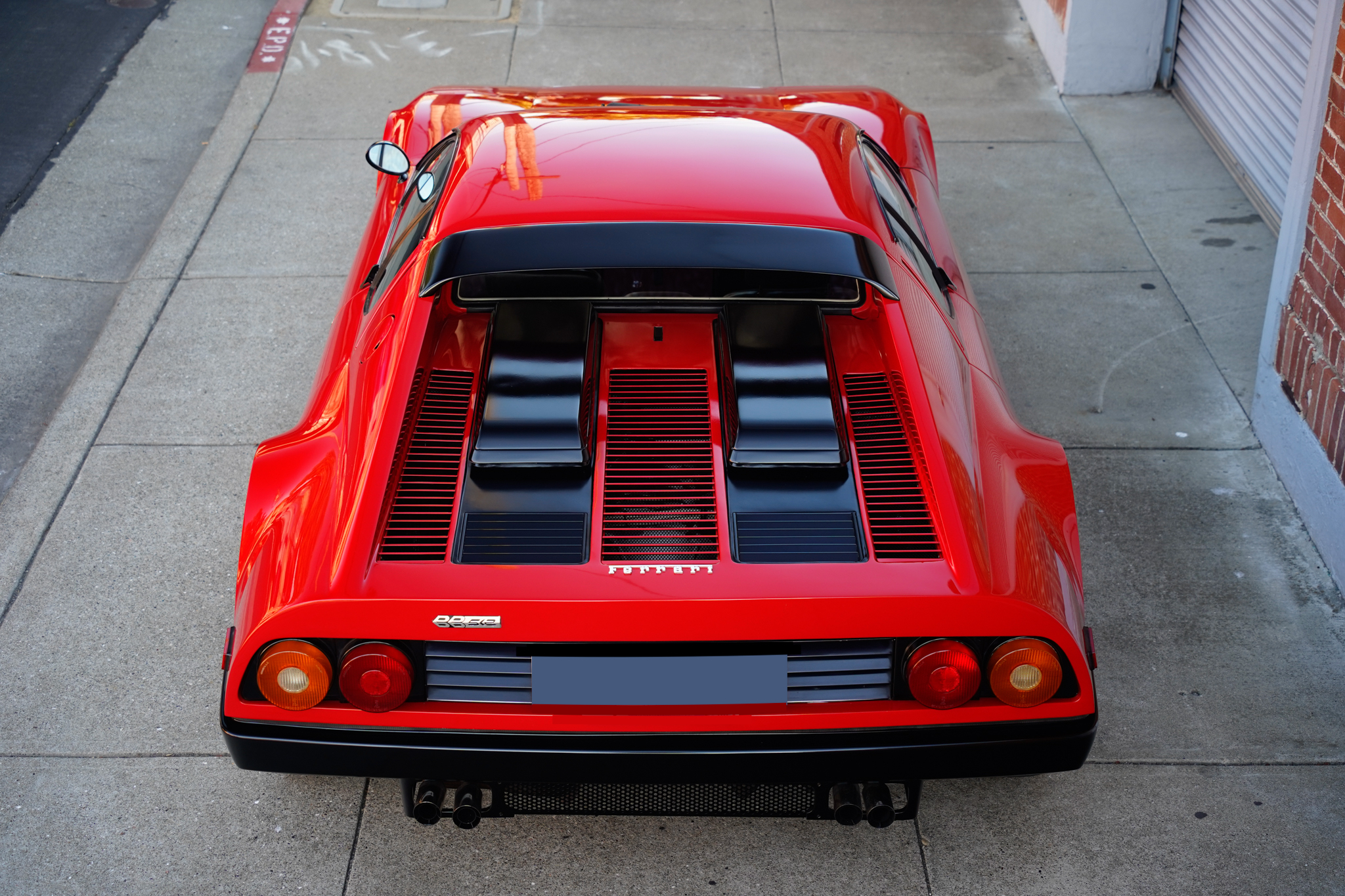
The rear view is one of the most impressive aspects of this design and leaves no doubt as to what is lurking under the clamshell engine lid. Unlike the Pantera, which has a smooth rear deck and no venting, the 512 contains three full-length louvered sections separated by satin black carburetor boxes rising above the body panel. The rear facing louvers capture trailing fast air to feed the carburetors while the larger louvered arrays exhaust engine heat. The visual effect is very powerful nested in the cavern behind the cabin. The black theme continues under the bumper line with quad exhaust referencing the rectilinear design elements of the tail black vented panel and engine lid.
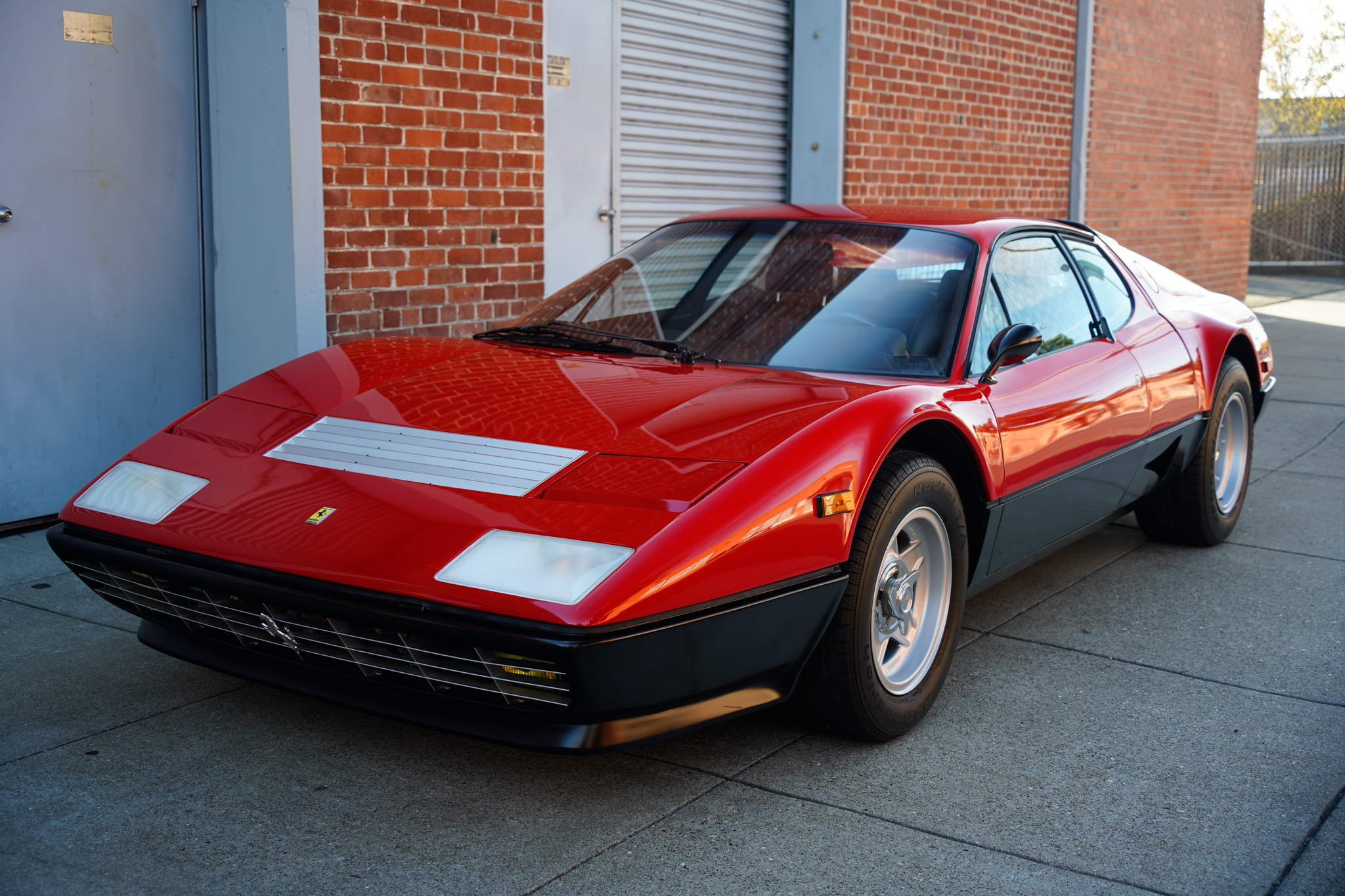
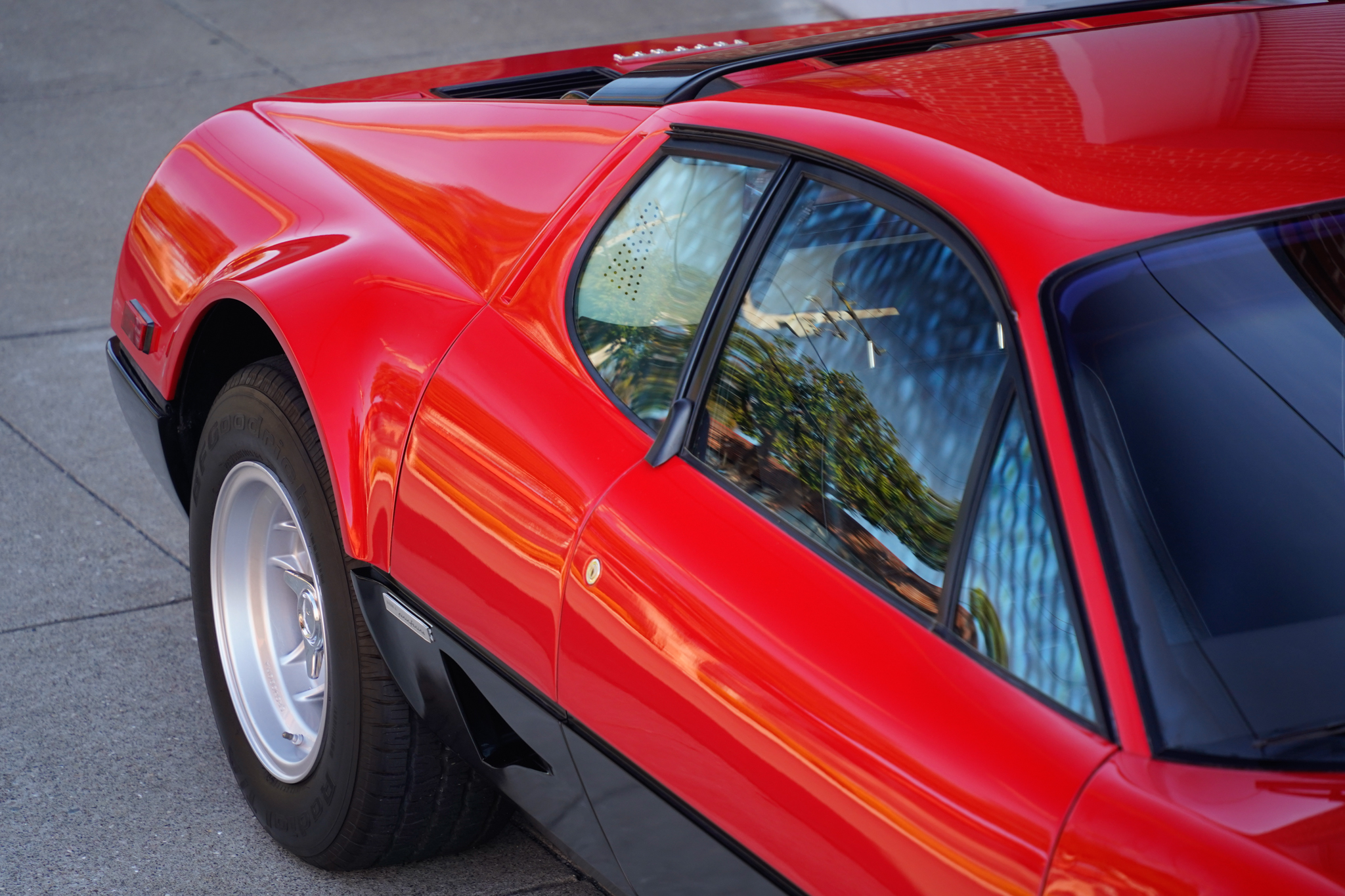
Interestingly, the front of the 512 is very different from the rear. Contrasting the rectilinear theme at the rear of the car, the front uses more triangular themes with a bit more curvature to the front fender line and a smooth hood. The bladed front edge is sharp and mercifully trim at the bumper line in part because these cars were never subjected to the horrors of US bumper regulations. The pop-up headlamps and covered indicator lights are accented by a central warm air panel that visually connects the headlamp doors, also defining the gentle hood valley.

Surprisingly, the 512 is one of the few Ferraris I personally think looks best in red. There is something about the audaciousness of it that demands red. Other colors certainly look great on the 512 but the red and boxer trim deliver a very balanced look which is spot on for the period yet still looks fresh today. Considering that Ferrari could have played it safe and followed with a more predictable car, the 365/512 series Ferrari conveys the courage and determination to define the very best in twelve-cylinder mid-engine performance – an admirable trait that remains today more than half a century later as Ferrari continues its legacy as a thriving leader in performance technology and design.


